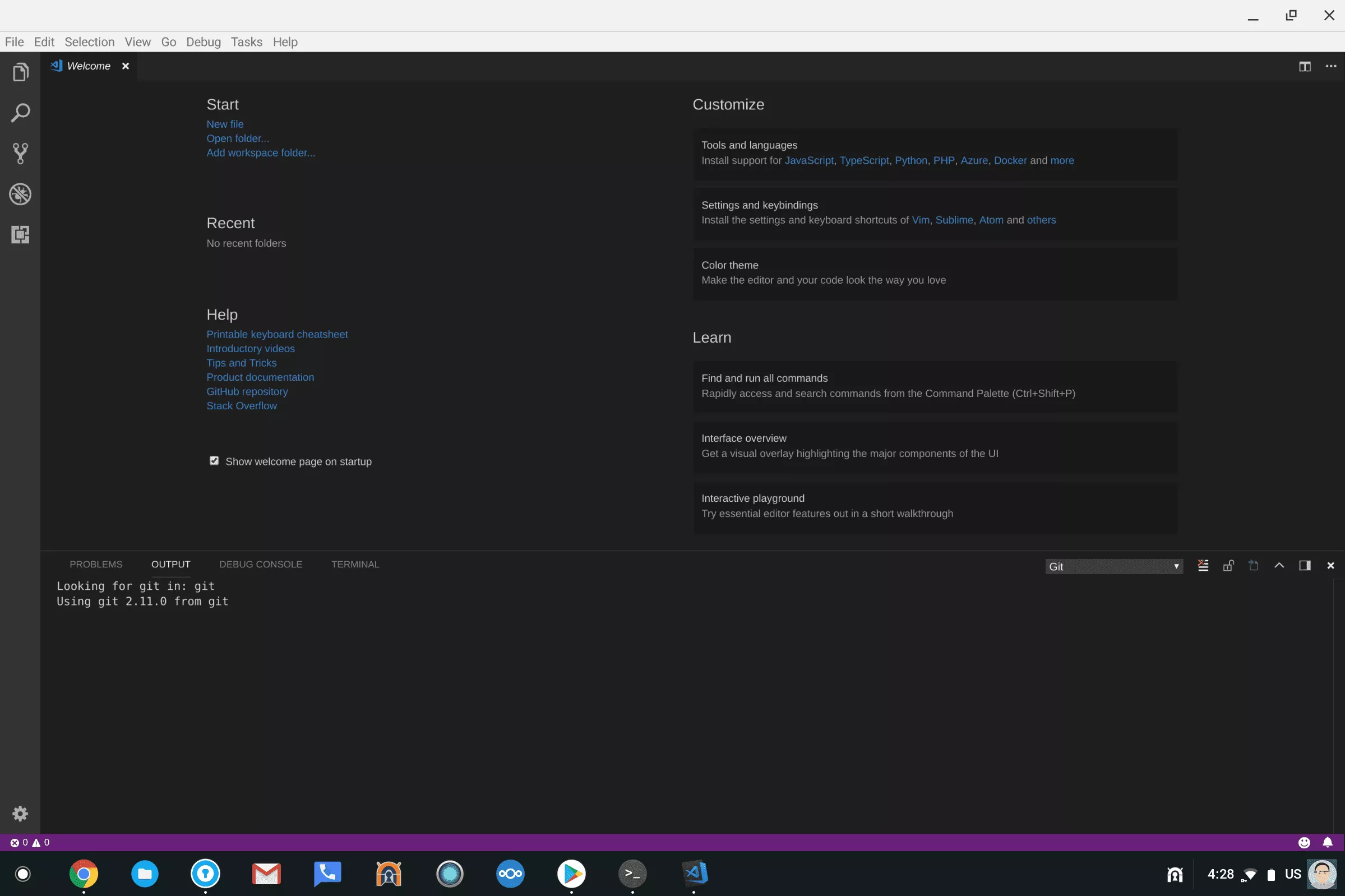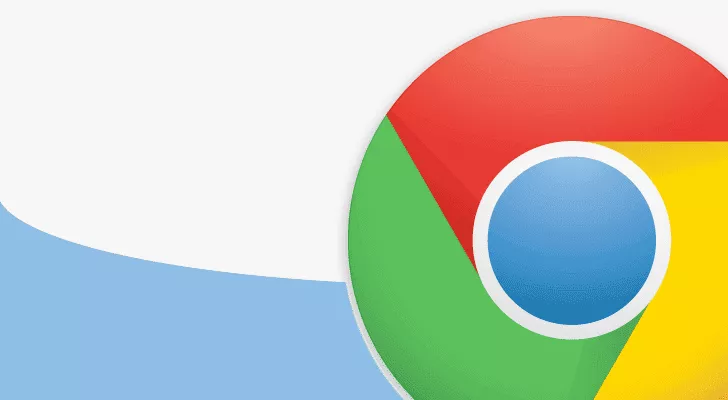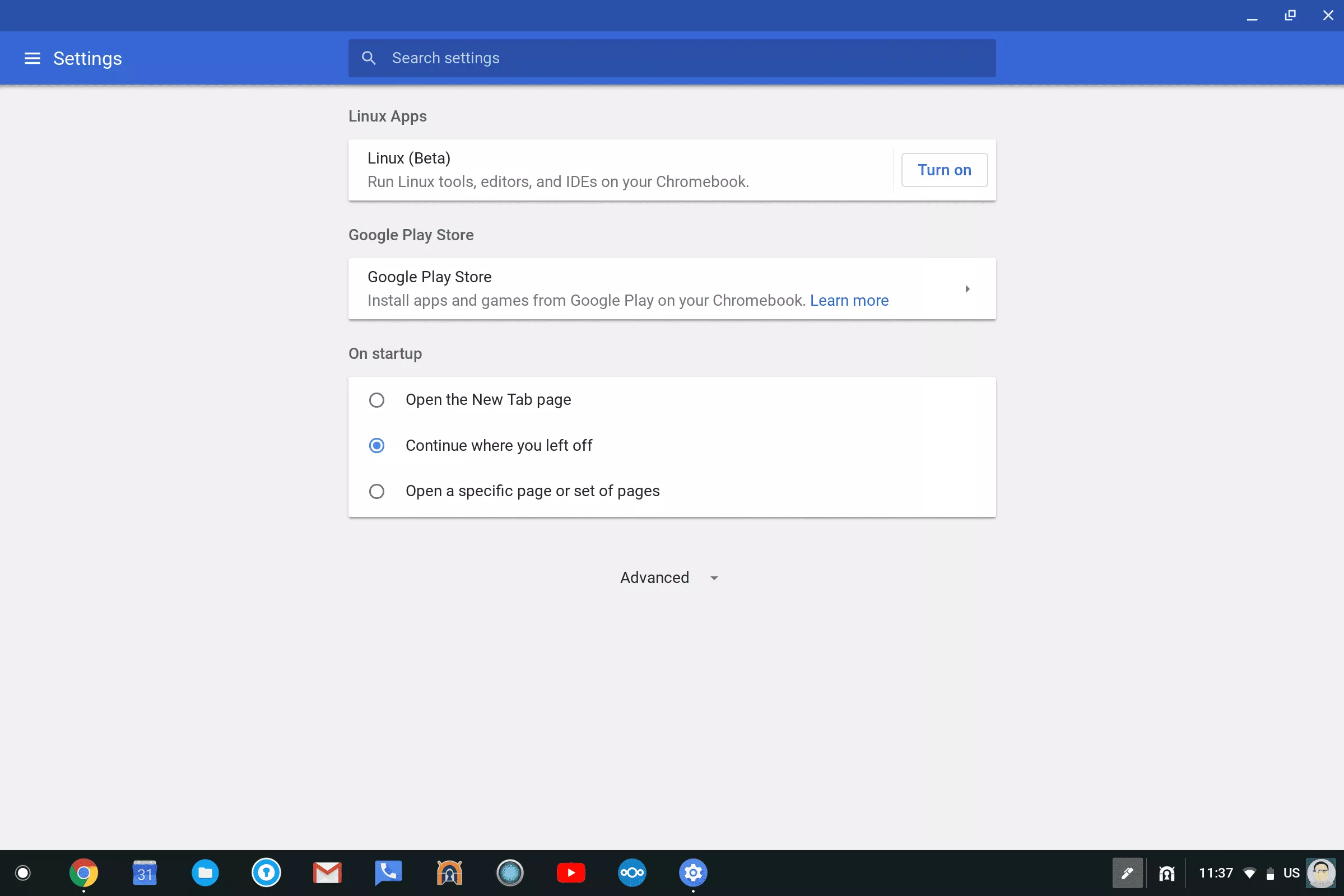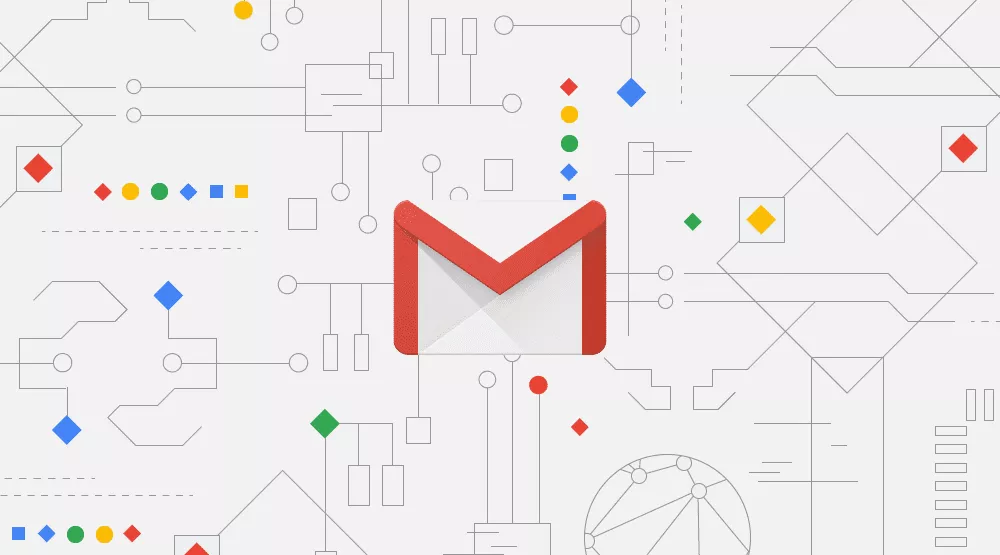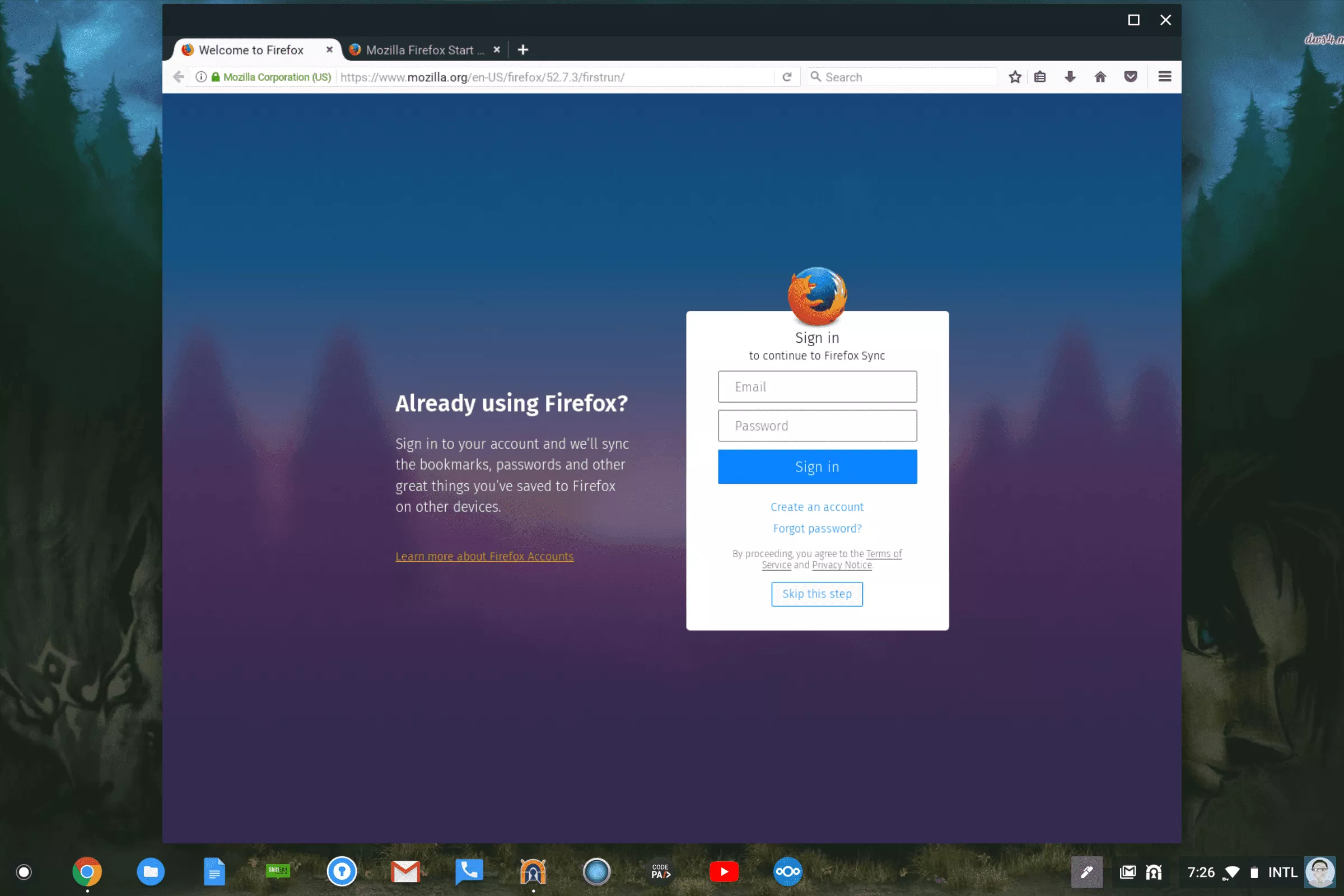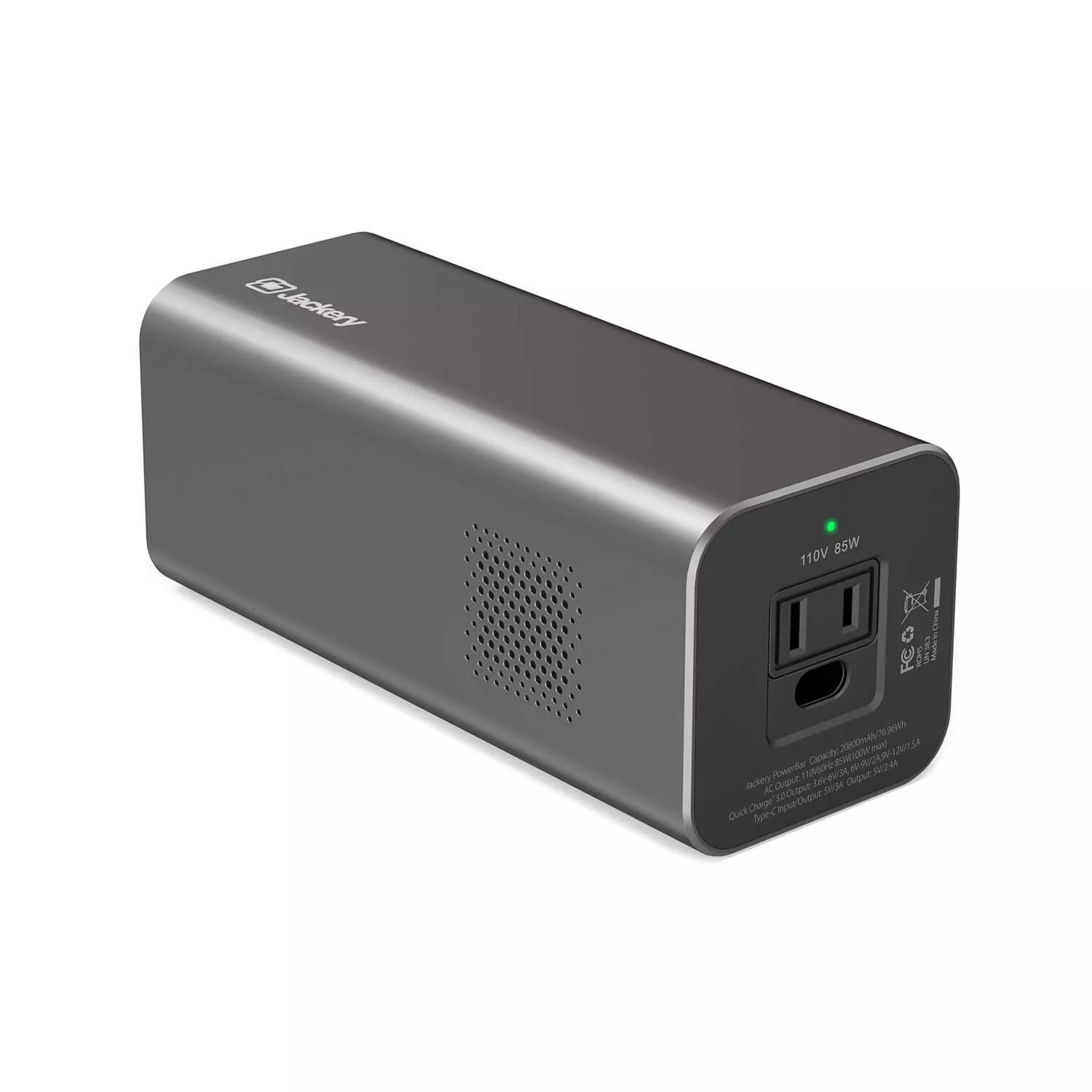Warning: Amazon has a Massive Problem with Fake MicroSD Cards
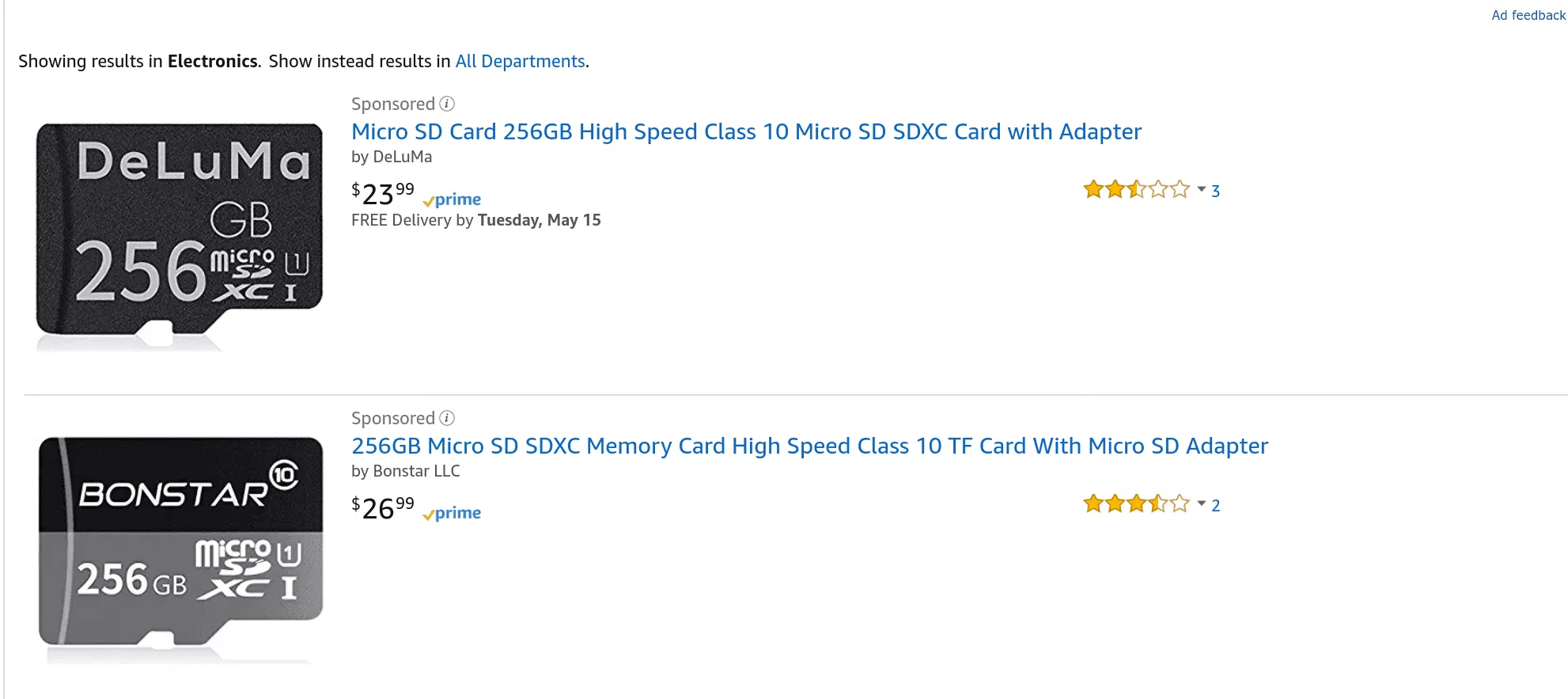
I was browsing Amazon.com the other day as I was looking for a new 200 GB MicroSD Card for a upcoming review. I was shocked to see that Amazon’s listing was flooded with fraudulent MicroSD Cards. I thought that Amazon did a much better job then other sites such as Wish.com does. I guess I was wrong. Buying fake MicroSD cards is dangerous as it can result in data loss or worse.
